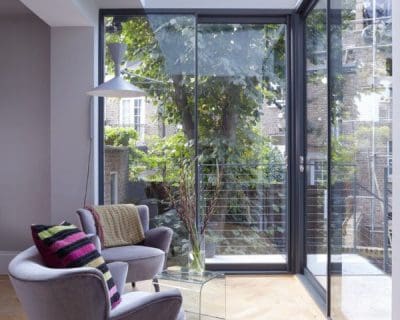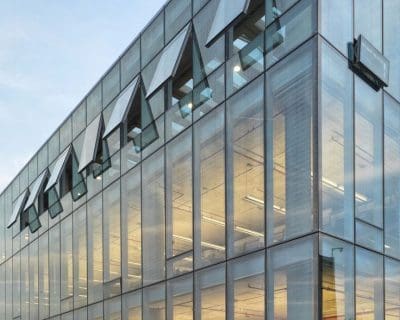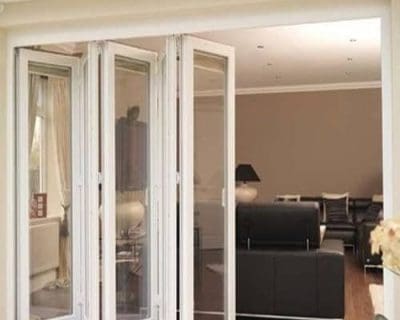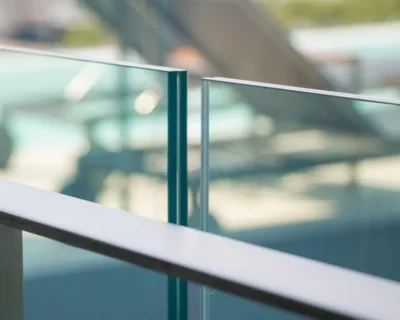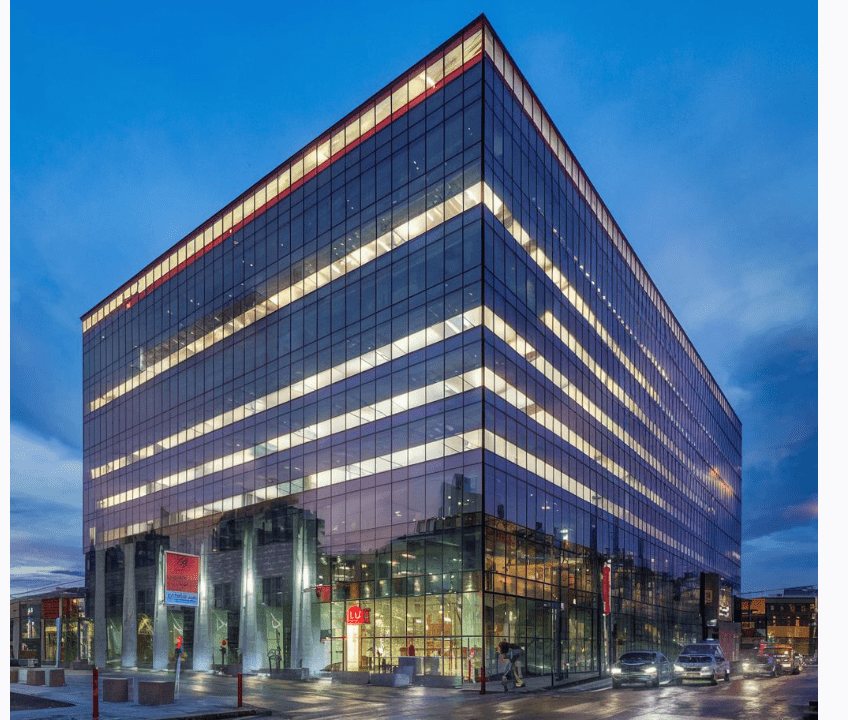
Glass building Design has emerged as a significant force shaping modern architecture in Kenya’s landscape. With its evolution over the years, glass has become one of the most sought-after materials in construction. Its versatility, functionality, and aesthetic appeal make it an ideal choice for architects and builders alike.
TSL Industries, through its innovative approaches and cutting-edge technologies, is revolutionizing glass buildings and facades in Kenya. TSL Industries pushing the boundaries of architectural design and sustainability. Our expertise extends beyond mere aesthetics, as they integrate energy-efficient glazing systems and eco-friendly materials. This contributes to the country’s sustainable development goals.
Through collaborations with leading architects and developers, TSL Industries is not only reshaping the built environment but also setting new standards for efficiency, durability, and environmental responsibility in glass construction across Kenya.
Evolution of Glass Building
In the past, buildings were predominantly made of concrete and brick, focusing more on function than form. However, the evolution of glass building design has ushered in a new era, where transparency and sleekness are highly valued.
As modern architecture continues to evolve, glass buildings have gained popularity for their ability to seamlessly blend into their surroundings. Glass facades provide unobstructed views of the natural landscape, integrating the building harmoniously with nature. In Kenya’s scenic environment, this harmonious blend enhances the overall visual appeal of the structure, making it a standout in the urban landscape.
The future of glass in building design is promising. Architects and designers are increasingly exploring innovative ways to maximize the advantages of glass, both in exterior facades and interior spaces. The seamless integration of glass facades with aluminium windows adds to the structural integrity and aesthetic appeal, further enhancing the architectural vision.
Embracing Transparency: The Advantages of Glass Walls
In today’s architectural landscape, glass walls have emerged as a prominent design feature that offers a multitude of advantages. Emphasizing transparency, sustainability, and the integration of natural light, glass walls have become synonymous with modern building design.
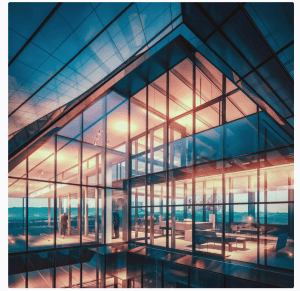
Transparency Enhances Architectural Aesthetics
One of the most notable advantages of utilizing glass walls is the ability to create a seamless connection between the interior and exterior spaces. The transparency of glass allows for panoramic views and a sense of openness, making the surrounding environment an integral part of the architectural experience.
By incorporating glass walls into building design, architects can showcase the beauty of the surrounding landscape, whether it’s the stunning Kenyan countryside or the vibrant urban cityscape. This transparency adds a touch of elegance and sophistication, creating a visually appealing and harmonious space for occupants.
Utilizing Natural Light for Energy Efficiency
Another significant benefit of glass walls is their ability to maximize the use of natural light, reducing the reliance on artificial lighting systems and improving energy efficiency. By harnessing natural light through expansive glass panels, buildings can minimize their environmental footprint and lower energy costs.
The abundant presence of natural light has various positive effects, from enhancing occupants’ well-being and productivity to creating a vibrant and inviting atmosphere. Additionally, the integration of glass walls allows for better distribution of light throughout the interior space, minimizing the need for artificial lighting during the daytime.
Promoting Sustainability in Construction Practices
As the world moves towards more sustainable building practices, glass walls play a crucial role in promoting eco-friendly architecture. Glass is a recyclable and sustainable material that can contribute to a building’s overall sustainability rating.
Moreover, the transparency of glass walls allows for passive solar heating, reducing the reliance on artificial heating systems and further minimizing the building’s environmental impact. This synergy between glass walls and sustainability aligns with Kenya’s commitment to sustainable development and the preservation of its natural resources.
“Glass walls offer architects the opportunity to create buildings that are not only visually stunning but also environmentally conscious. The transparency and utilization of natural light are key factors in designing more sustainable structures.” – Jane Mwangi, Architect
- Enhances architectural aesthetics
- Utilizes natural light for energy efficiency
- Promotes sustainability in construction practices
With their ability to enhance architectural aesthetics, utilize natural light, and promote sustainability, it’s no wonder that glass walls have become an integral element in contemporary building design. As architects continue to push boundaries, embracing transparency through glass walls will undoubtedly shape the future of sustainable construction in Kenya and beyond.
The Integration of Glass Facades and Aluminium Windows
When it comes to contemporary building design, the integration of glass facades and aluminium windows has become increasingly popular. This approach offers a range of benefits, both in terms of aesthetics and functionality, making it a preferred choice for architects and designers.
One of the key advantages of using glass facades is the enhancement they bring to the overall appearance of a building. The sleek and modern look of glass facades creates a visually striking effect. This adds a touch of elegance to any architectural design. By allowing natural light to penetrate the interior spaces, glass facades create a sense of openness and connectivity with the outside environment. This not only contributes to the aesthetic appeal of the building but also promotes a healthier and more productive indoor environment.
In combination with glass facades, aluminium windows offer structural support and durability. Aluminium is a lightweight but strong material that can withstand the demands of a glass building design. Its high tensile strength and corrosion resistance make it an ideal choice for windows that need to withstand various weather conditions. Additionally, aluminium windows can be customized to fit different architectural styles and design preferences, offering flexibility and versatility in building projects.
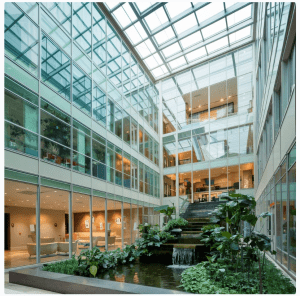
Benefits of Integrating Glass Facades and Aluminium Windows:
- Enhanced aesthetics and modern appeal
- Increase in natural light and connectivity with the surroundings
- Promotion of a healthier and more productive indoor environment
- Structural support and durability using aluminium windows
- Customization options to fit various architectural styles
The integration of glass facades and aluminium windows presents a winning combination in contemporary building design. By harnessing the benefits of both materials, architects and designers can create visually stunning structures that prioritize aesthetics, functionality, and sustainability.
For those seeking to elevate their architectural projects to new heights of innovation and sustainability. TSL Industries stands ready to collaborate and inspire. Whether you’re an architect envisioning a groundbreaking design. a developer aiming to create iconic structures, or a business owner looking to enhance your property’s aesthetic appeal and energy efficiency. TSL Industries offers unparalleled expertise and state-of-the-art solutions in glass construction and facade transformation. Contact us today to explore how our cutting-edge technologies and visionary approach can turn your architectural dreams into reality. Together, let’s shape the future of building design in Kenya and beyond with TSL Industries.
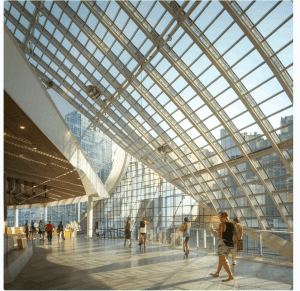
Conclusion
In conclusion, glass building design has revolutionized modern architecture, shaping the landscapes of Kenya and beyond. The use of glass in construction offers numerous advantages, making it a popular choice for architects and developers alike.
Firstly, glass buildings provide a sense of transparency, creating a unique aesthetic appeal. The use of glass walls allows natural light to flood into interior spaces, enhancing the well-being and productivity of occupants while reducing the reliance on artificial lighting.
Moreover, glass facades integrated with aluminium windows offer both functionality and visual appeal. The combination of these elements enhances the structural integrity of the building, while also elevating its overall design. The combination of glass and aluminium creates a sleek and modern look that complements any architectural style.
With its outstanding versatility, glass building design has proven to be a game-changer in the construction industry. Going forward, we can expect to see even more innovative uses of glass in building design. As architects continue to embrace its potential. The future of glass building design is bright, holding the promise of sustainable and visually stunning structures that shape the way we live and work.
FAQ
What are the advantages of using glass walls in building design?
Glass walls offer several advantages, including increased transparency in architectural aesthetics, the utilization of natural light, and the promotion of sustainability in construction practices. They create a sense of openness and connectivity with the surrounding environment, making them popular in modern architectural designs.
How do glass facades and aluminium windows integrate in building design?
Glass facades and aluminium windows complement each other in building design. Glass facades enhance the overall aesthetics of a building by providing a sleek and modern appearance. Aluminium windows, contribute to the structural integrity of glass building designs while providing functionality, durability, and energy efficiency



